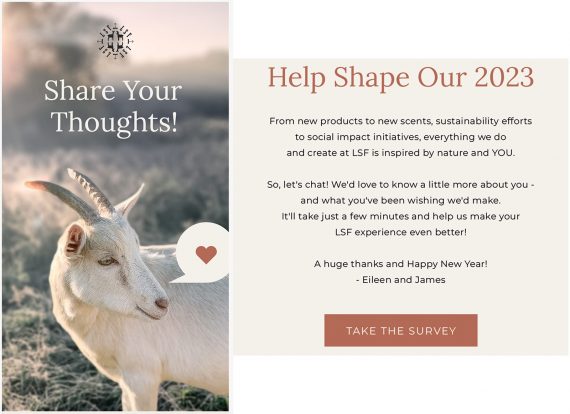Sustainable e-commerce is more than a slogan. It’s about reducing a company’s environmental impact while supporting communities. A sustainability-focused online business focuses on product sourcing, order fulfillment, delivery, and more. It also prioritizes fair trade practices – transparent, humane – and donates to like-minded causes.
It’s not a fad. eMarketer cites sustainability as the top brand concern for US Millennials (age: late 20s to 40s) and Gen Z (teens to early 20s), who together make up about half of online shoppers. Therefore, adopting sustainable practices future-proofs your business.
An easy start
While the transition to fully sustainable operations is time-consuming and costly, there are many elementary steps.
- Identify ways to reduce returns and exchanges. (Sometimes the best solution is to keep products returned by customers.)
- Reduce energy consumption. Many energy companies and governments offer free or low-cost energy audits to help businesses minimize impact.
- Determine if direct shipping makes more sense, especially for large items or high-priced products that sell in lower volumes. Shipping labels are stamped by several manufacturers and suppliers.
- Consider (or reconsider) suppliers based on their products and practices.
- Shrink or expand your catalog based on sustainable factors.
Ask buyers for input. You gain crucial insights and customers feel valued.

Little Seed Farm, a provider of sustainable soaps and skincare products, surveys customers to find out what matters most.
Realization of the ROI
According to the study, at least half of US consumers are willing to pay more for sustainable products and packaging, especially items that can be reused or recycled. Buyers are also more likely to accept slower delivery. According to Statista, as of March 2022, nearly 60% of online shoppers in the US said they are willing to wait longer for product delivery if it means improved sustainability.
Incentives help. Amazon is offering $1 to customers who delay delivery until a specific weekly “Prime Delivery Day”.
Consider these conversion-boosting tactics:
- Use badges to identify sustainable products and communicate their environmental and social credentials.

Sustainable clothing company Wear Pact goes one step further by noting the carbon offset of each product.
- Publish your efforts in a blog series. Educate consumers about sustainability and invite them to ride along as you identify and implement new strategies.
- Share videos on product and landing pages, social media, and email. Focus on manufacturing, product management, order fulfillment processes and overall operations. Record videos in widescreen format to adapt to different platforms and in longform format to share snippets later.
- Encourage customers to share their stories – why sustainability matters and why they buy from you. User generated content is still one of the best ways to attract others.
- Host events and interviews with industry leaders and invite buyers to participate.
- Highlight the causes you support. Consumers value community-driven businesses.
- Use on-site and email notifications to remind customers about greener, minimal packaging.
- Offer tips on how to reuse and recycle your products, packaging and packaging materials.
Slowly and steadily
It might take a while to become fully sustainable. That’s okay. Keep consumers informed and be transparent. You will gain a loyal audience.



